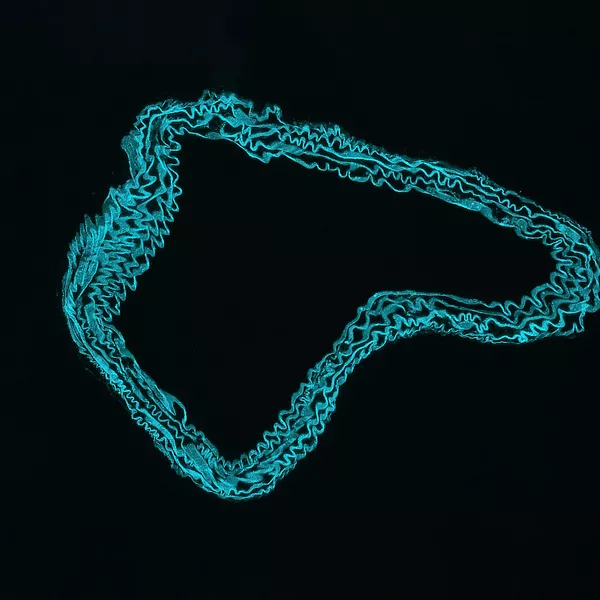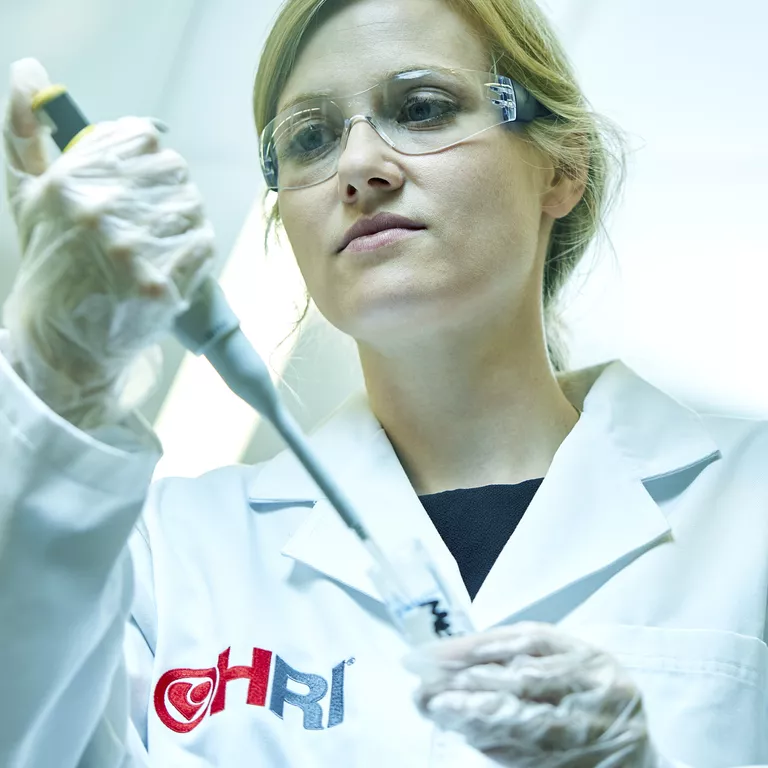“Unfortunately, PAD is the poor cousin of heart health and cardiovascular disease. It’s where there’s a blockage or narrowing of the vessels in the legs or lower extremities that carry blood from the heart to the limbs, but it’s a type of cardiovascular disease that doesn’t get enough attention,” Assoc Prof Kavurma said.
“When you think of the heart you think about heart attack and stroke. No one ever worries about the narrowing or blockage of the blood vessels in limbs, but it is a very big concern because it could result in your leg being amputated, significantly affecting quality of life. It can even result in early death.
“PAD is a silent problem in women. Women tend to have atypical or not obvious symptoms, making diagnosis difficult. It often starts with a pain or cramping in your calf, which women usually ignore and put down to their busy lifestyle. They don’t think it’s anything serious. Awareness of PAD risks are poor among women and healthcare providers.”
Assoc Prof Kavurma said not enough is known about the differences in the disease between men and women and this is having a detrimental effect on women's overall survival. It is not just biology that needs to be considered. Clinical and societal factors also play a role.
“In 2012 the American Heart Association called for a global call to action on gender parity. A decade later nothing has changed, with women still under-diagnosed and understudied, despite the increased prevalence in women.
“We think the disease might be different in women pre-menopause and then more like men after menopause, but we don’t know for sure.
“What we do know is women have higher mortality rates following amputation or open surgery and also have greater in-hospital complications after endovascular surgery, including higher rates of bleeding, vessel access site complications, haematoma, or pseudoaneurysm.



